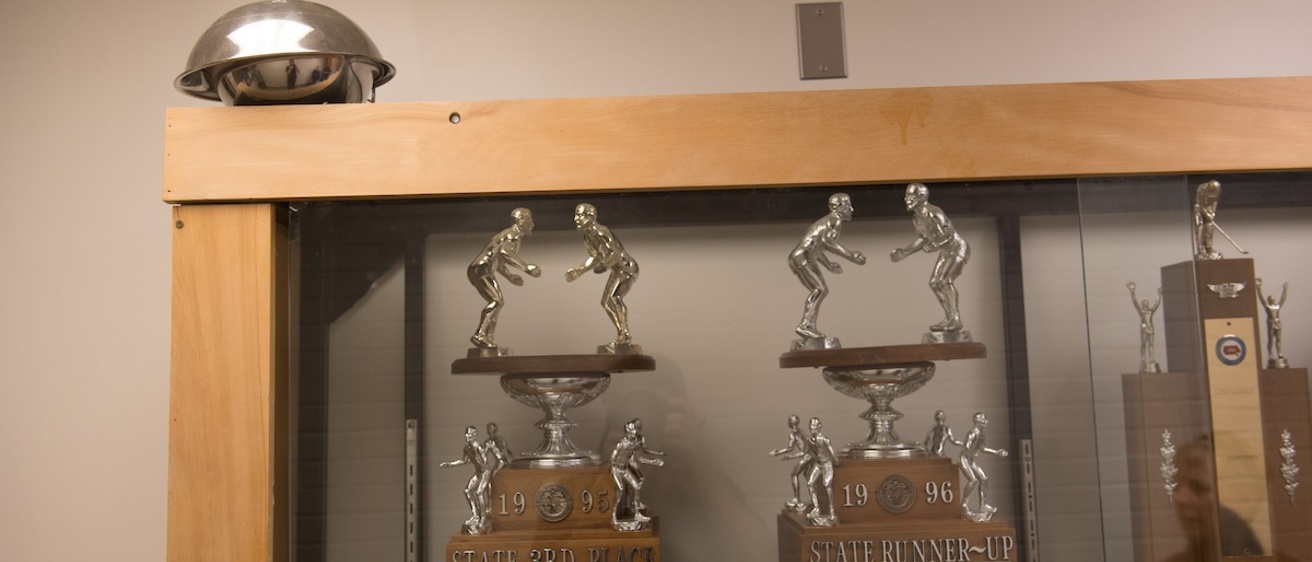ISRP researchers Keri Hornbuckle and Peter Thorne have been interviewed by numerous newspapers and National Public Radio after the release of their findings of polychlorinated biphenyls (PCBs) in schools in the journal Environmental Science & Technology.
The study showed that PCBs are present in older schools and that the source of the PCBs is most likely outdated building materials, such as window caulking and light ballasts.
The study, which collected indoor and outdoor air samples at six schools in Iowa and Indiana from 2012 to 2015, is the largest yet to examine airborne PCBs in schools. It shows that while the presence of PCBs can vary from school to school and even from classroom to classroom, children’s exposure rates are roughly the same in rural and urban areas.
It also shows that exposure to PCBs by inhalation may be equal to or higher than exposure through diet, a finding that surprised researchers. Besides PCBs, researchers looked for the first time at OH-PCBs, chemical compounds similar to PCBs, in schools. Although there is still much to learn about OH-PCBs and their potential health risks, some scientists believe they could be more toxic than PCBs.
Following publication of the article, representatives from the EPA and ATSDR and several community groups in the East Chicago area discussed the findings with staff.
Monday, February 5, 2018
